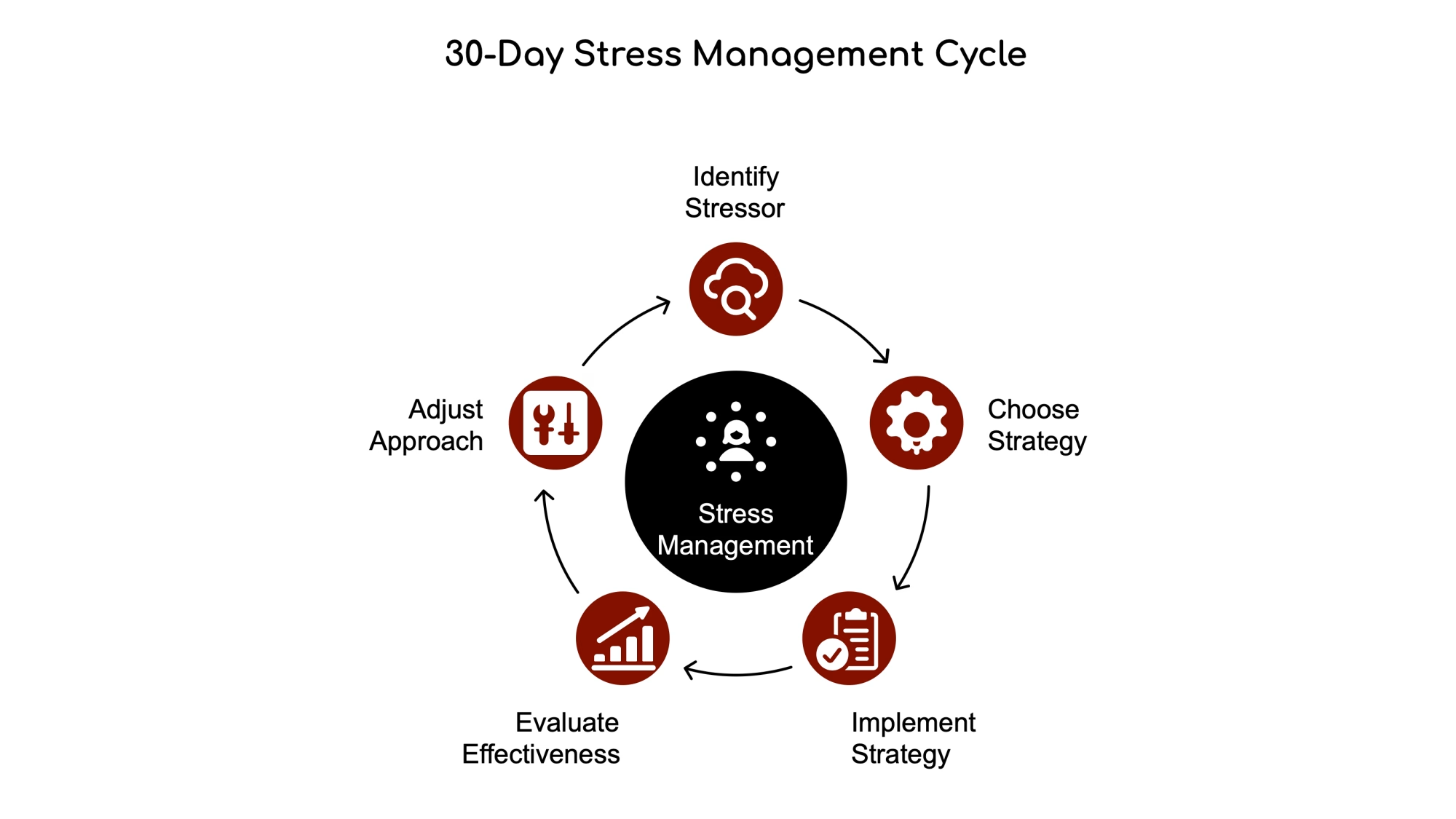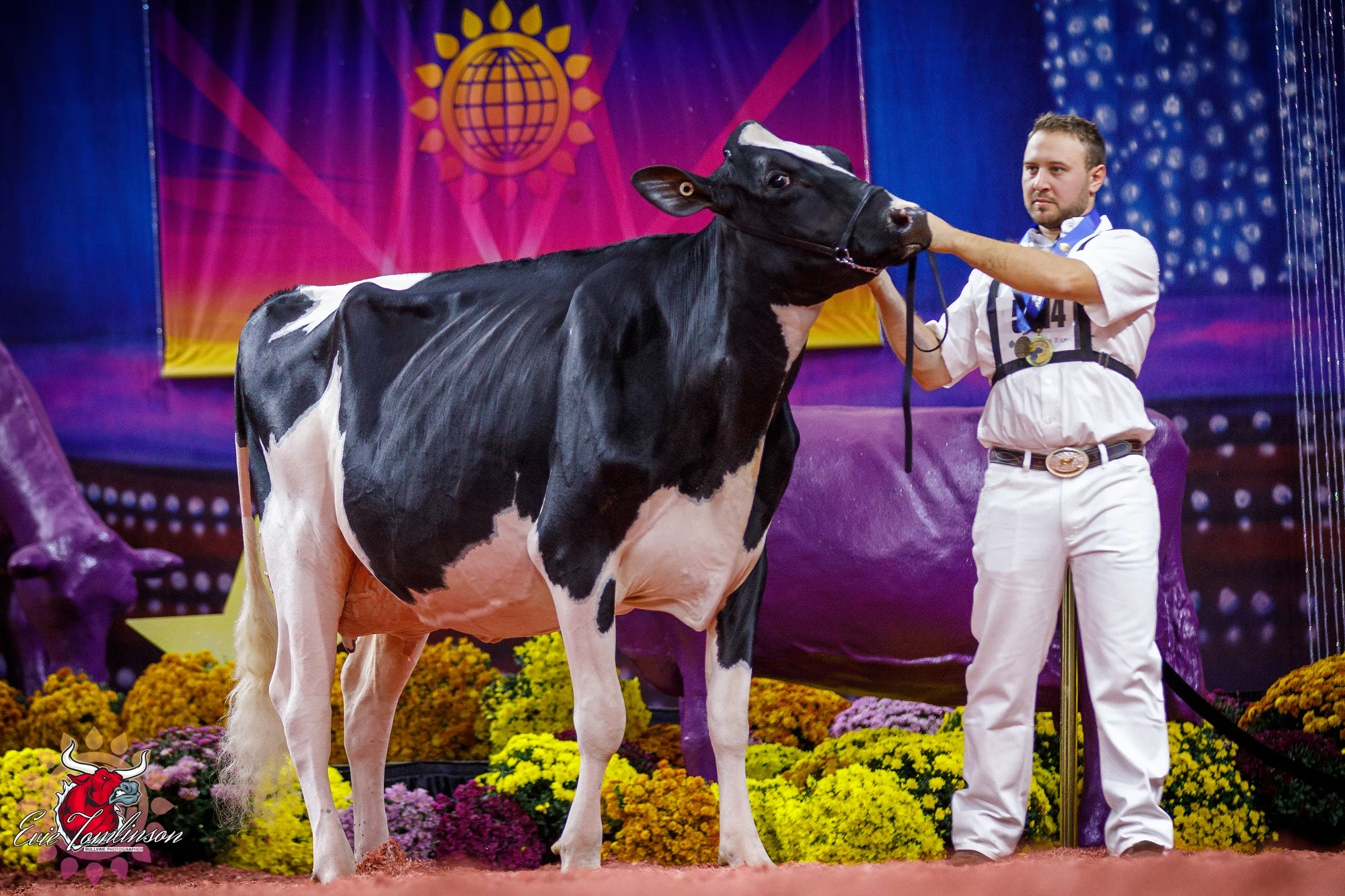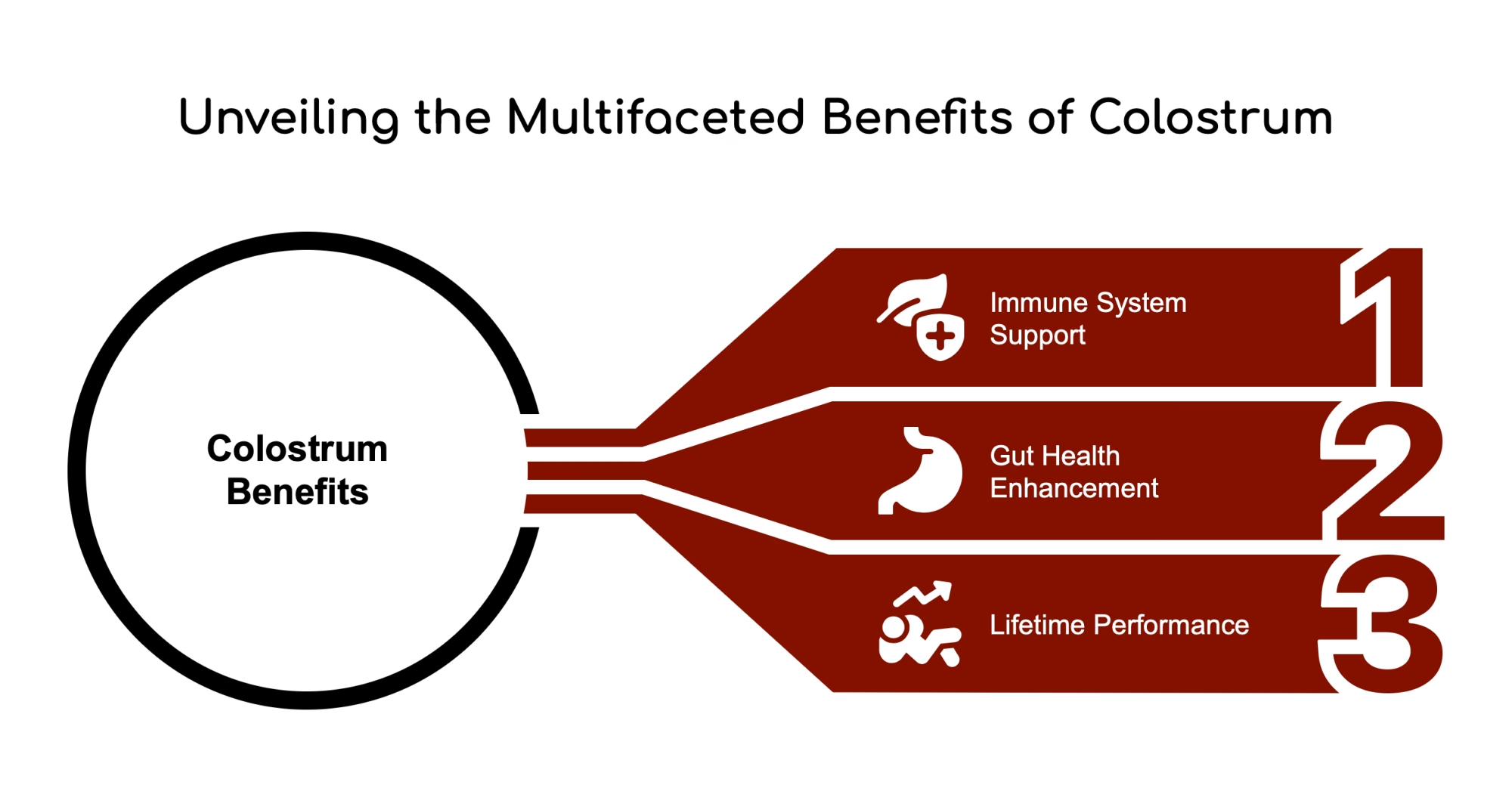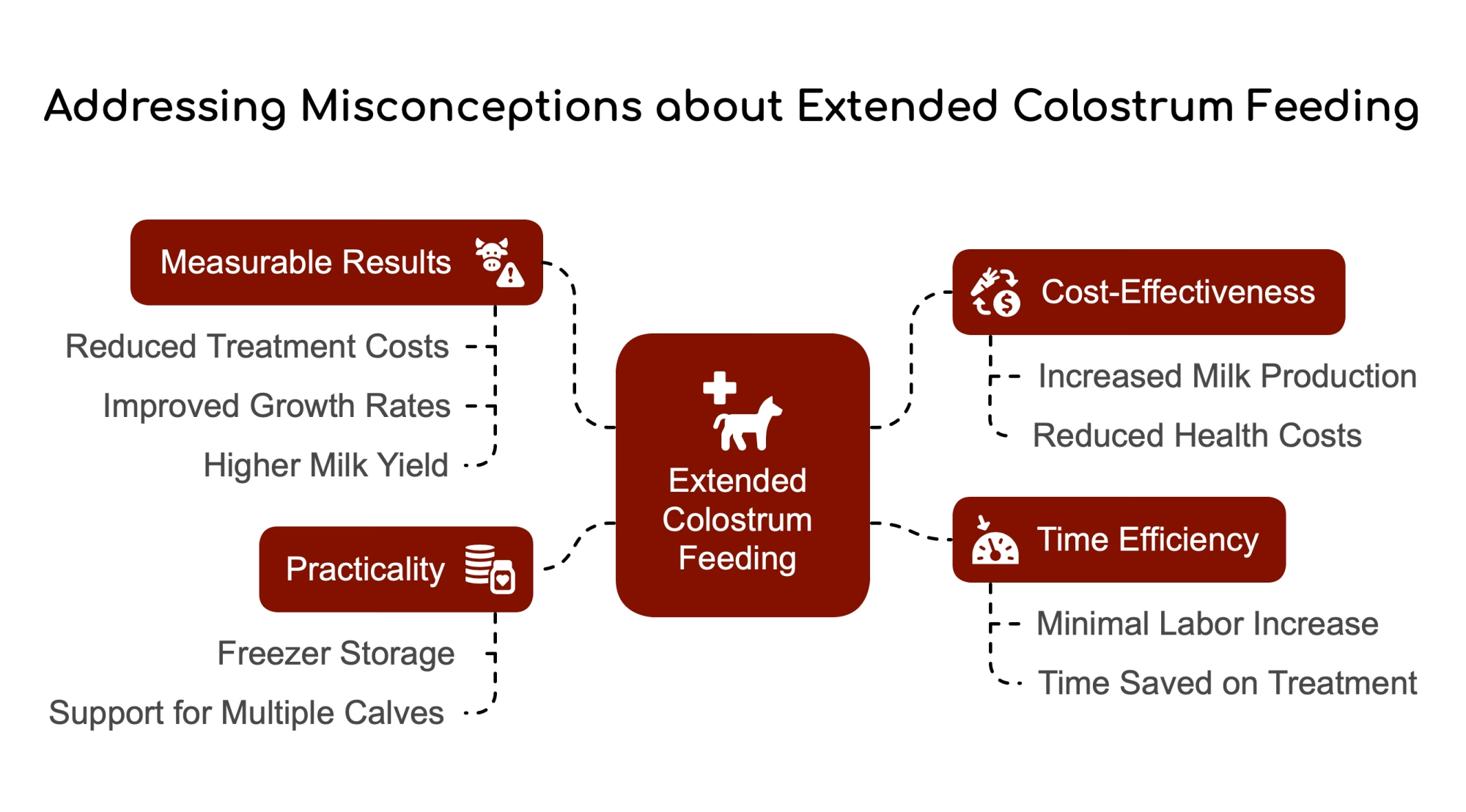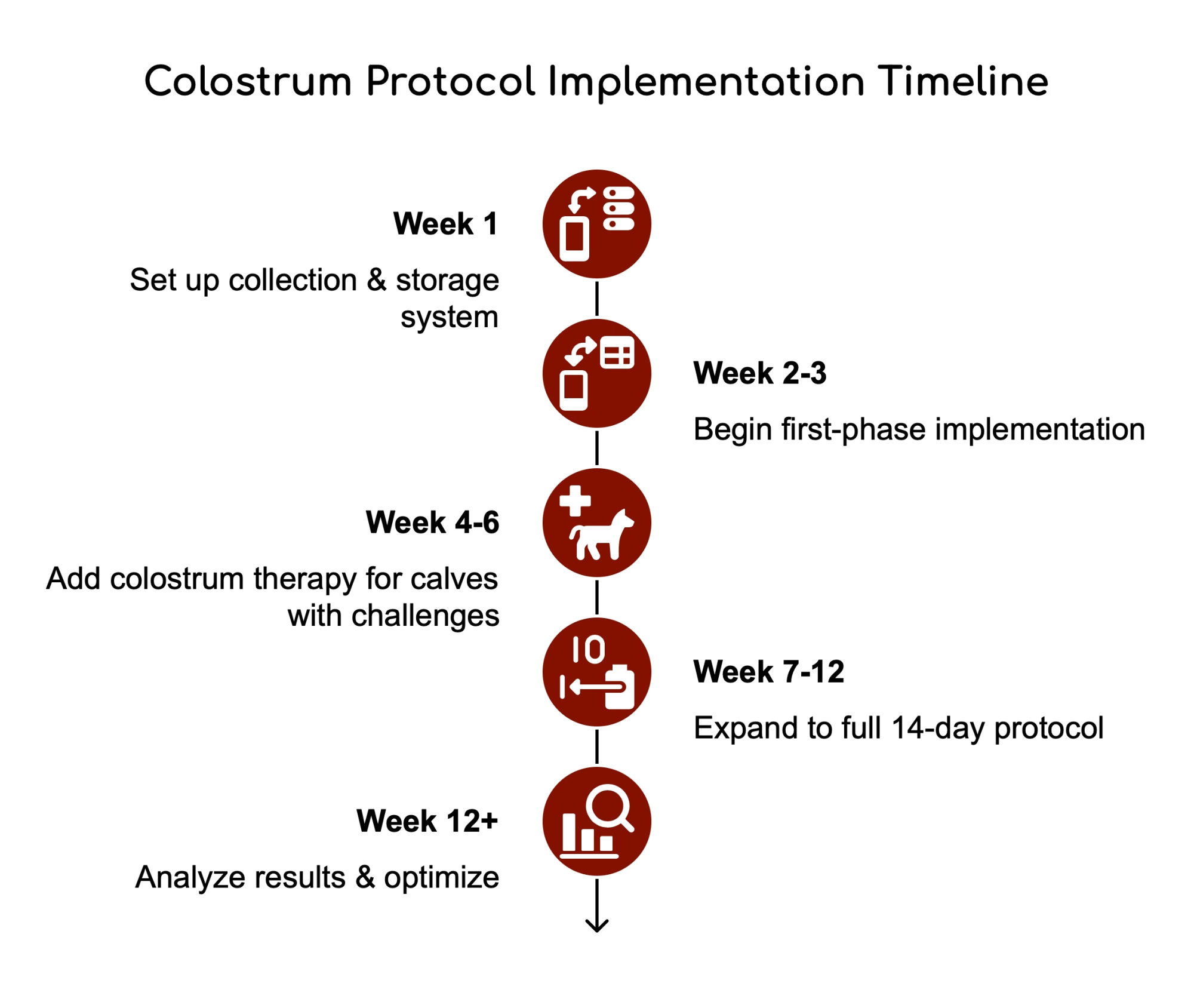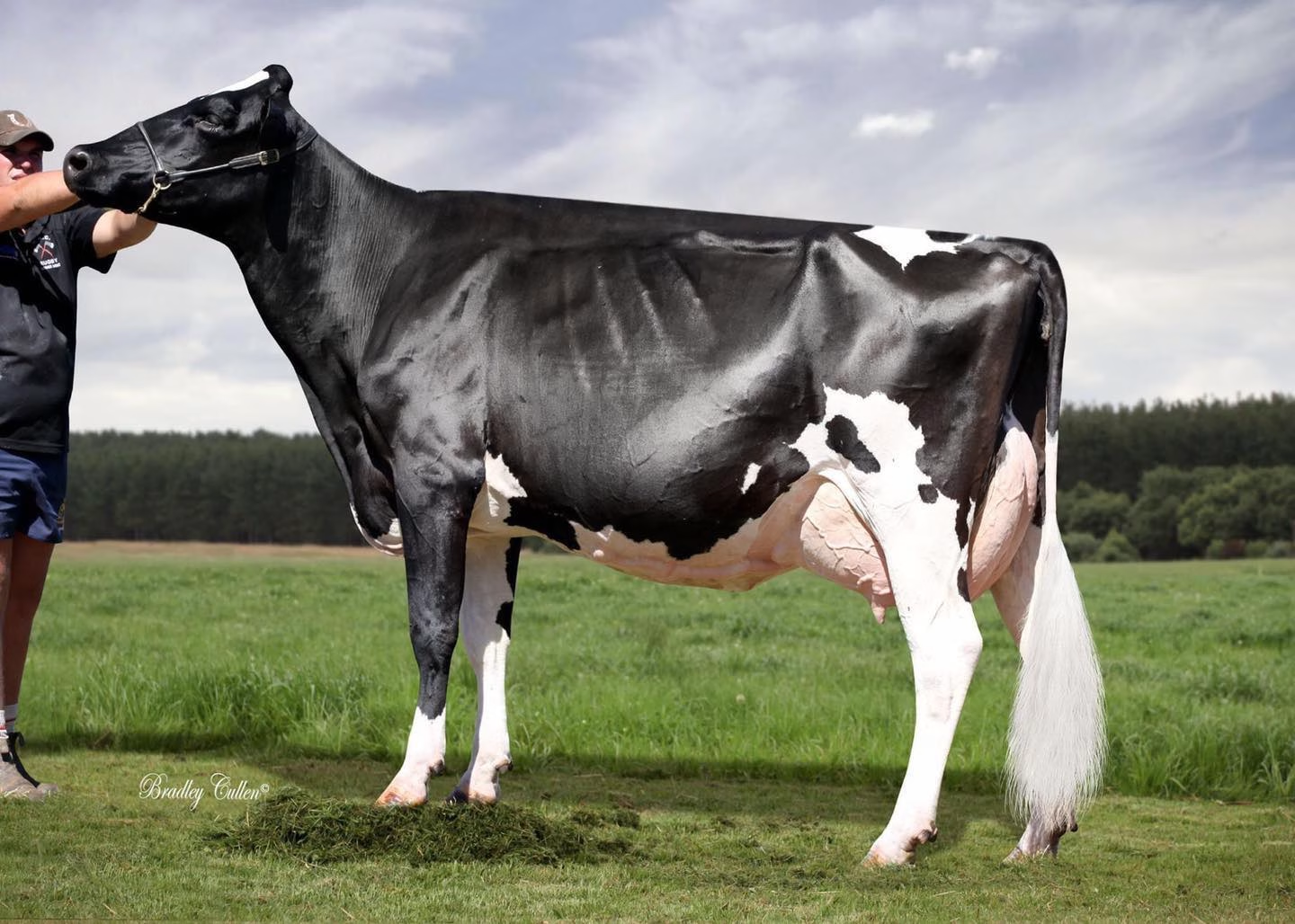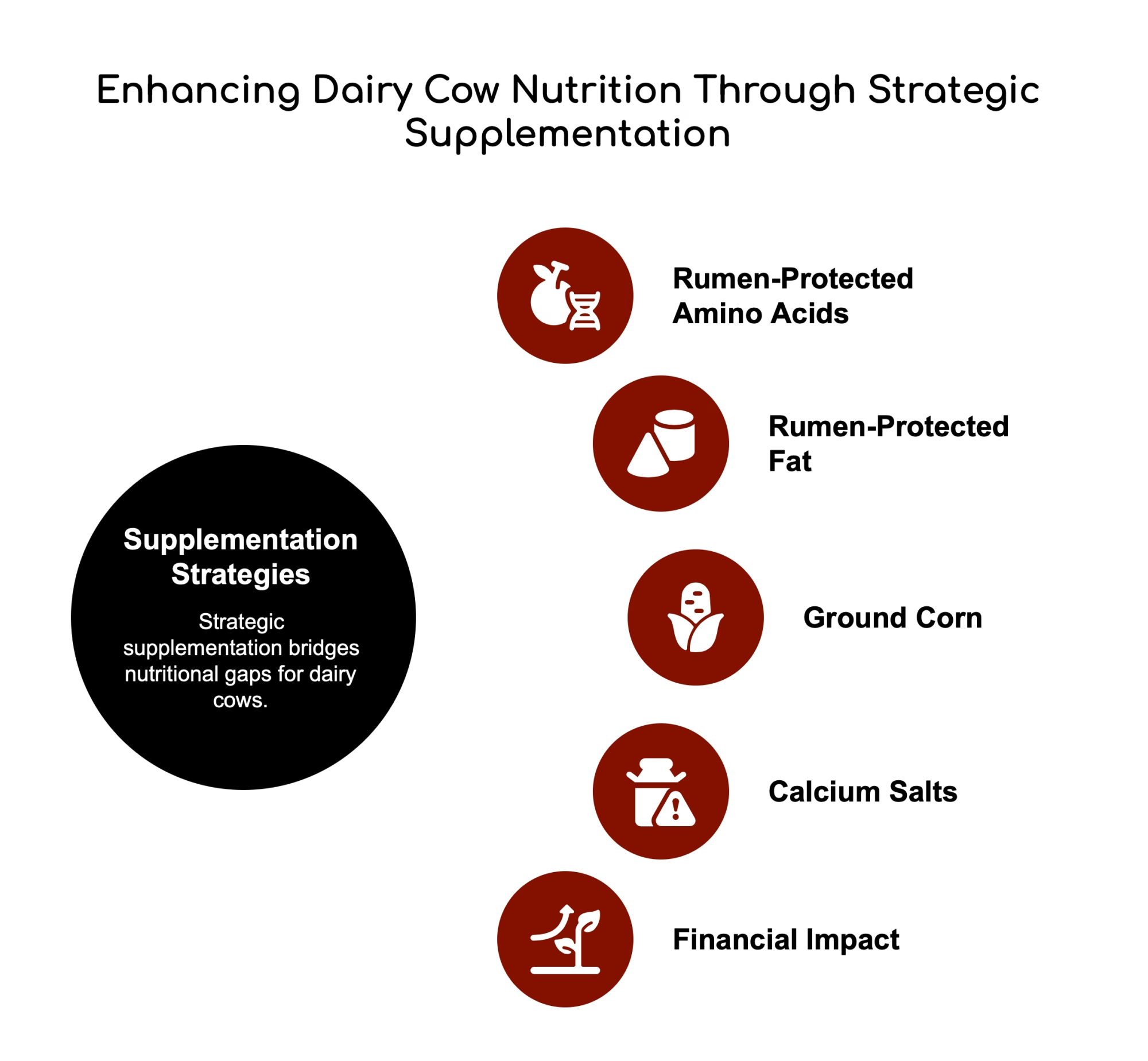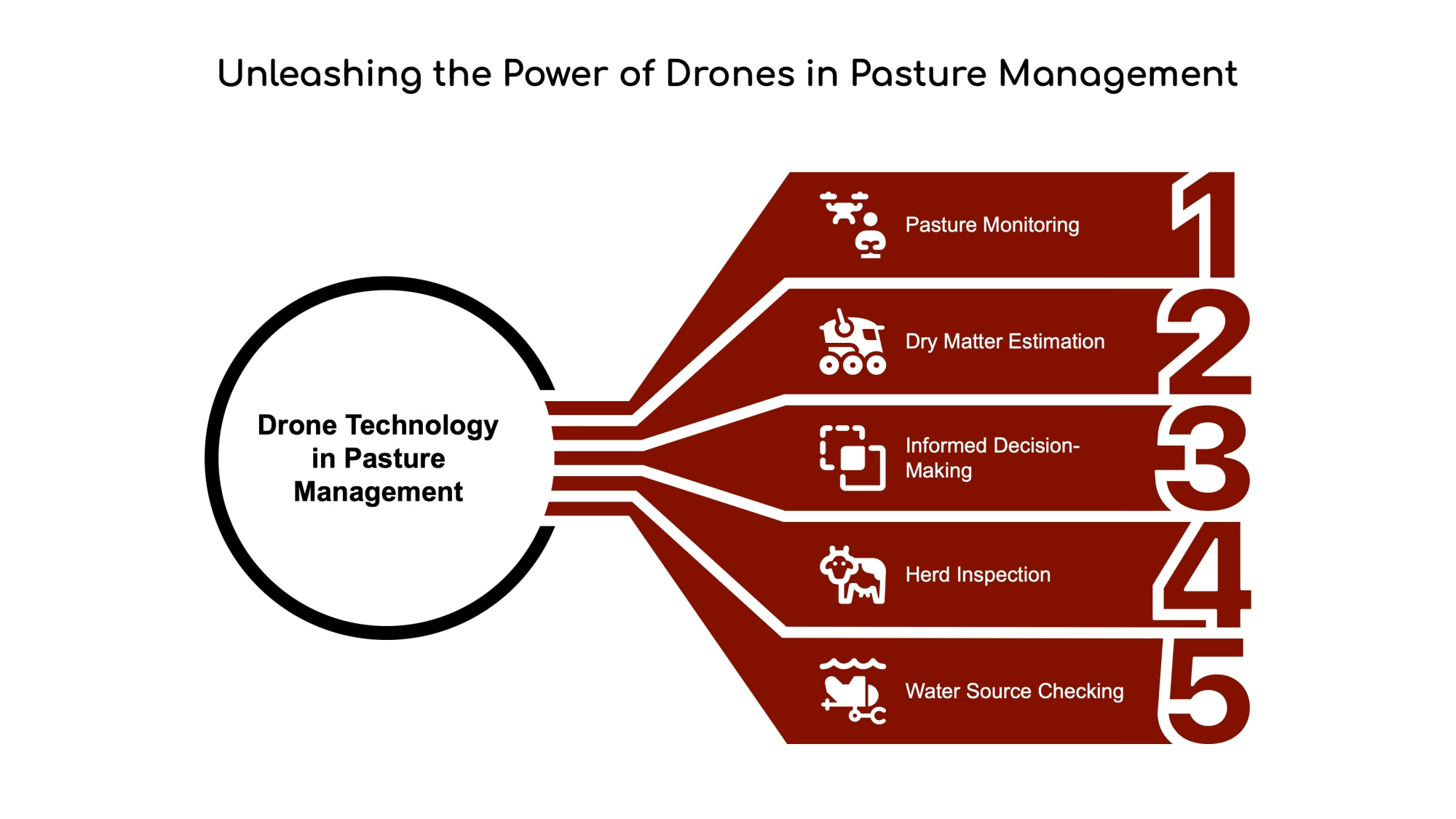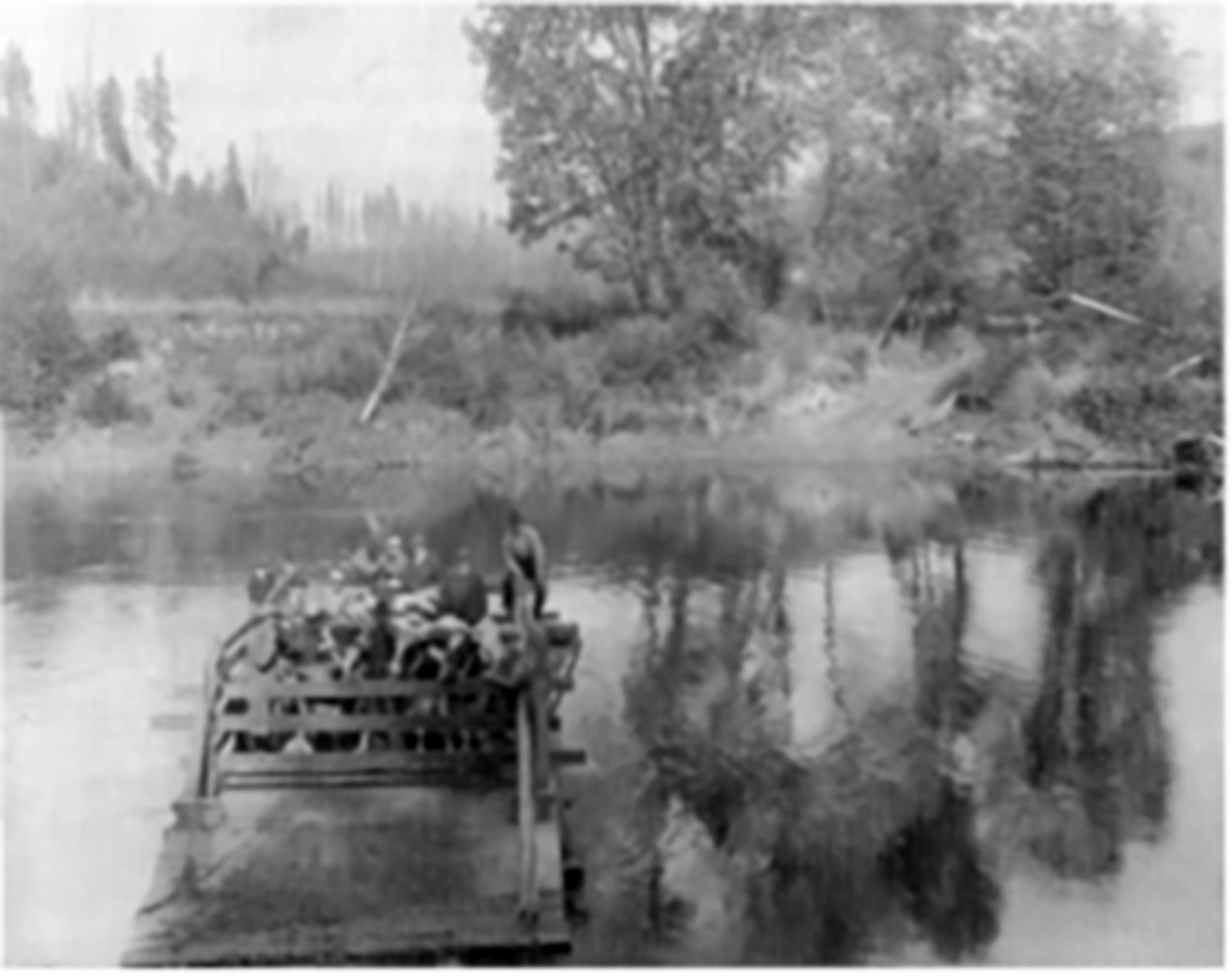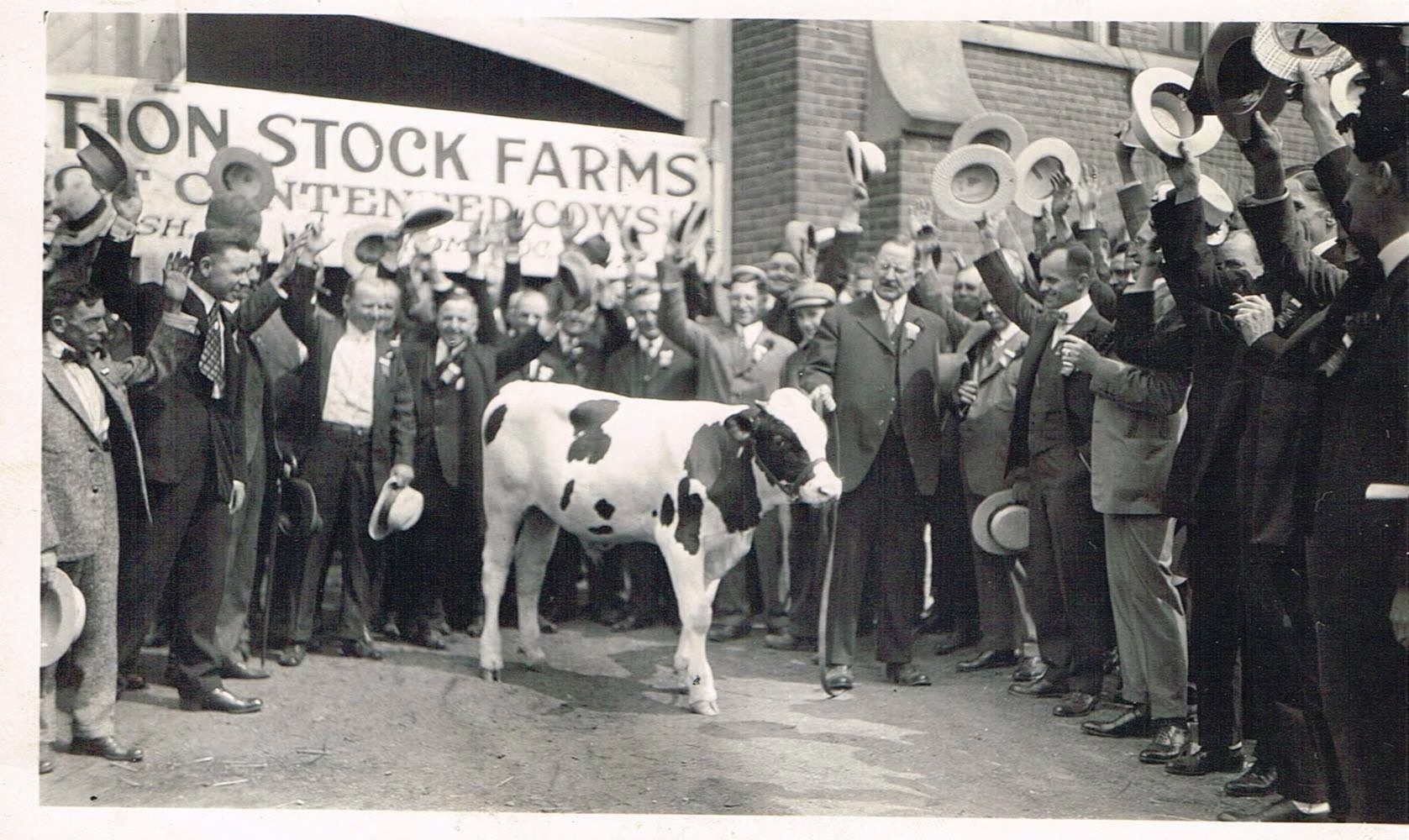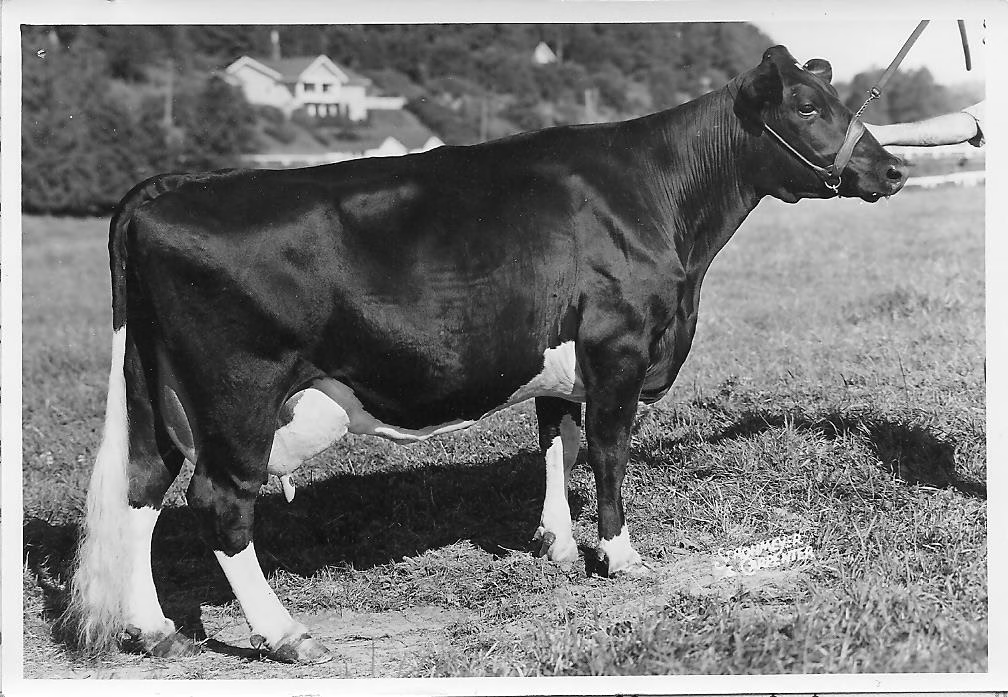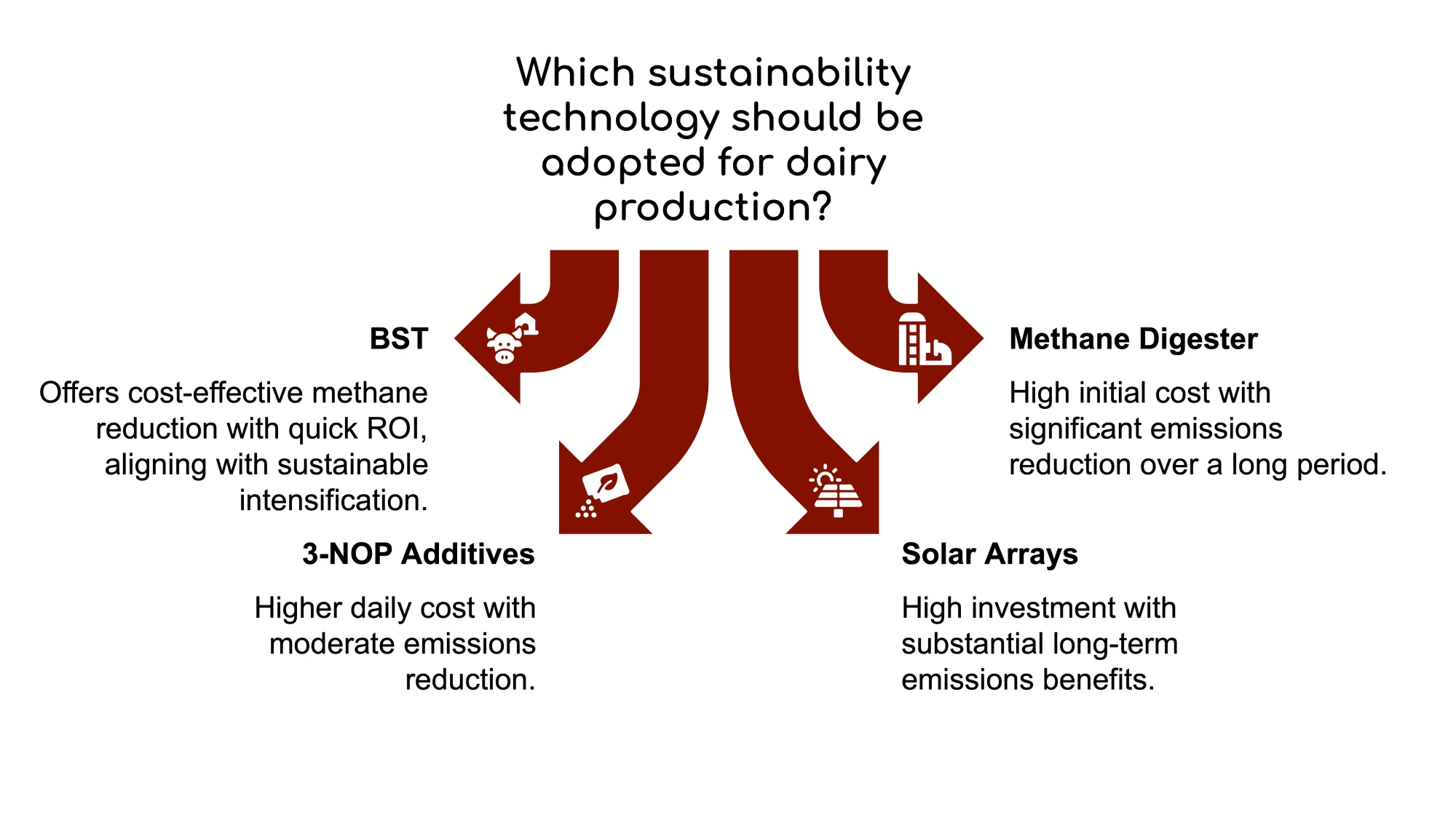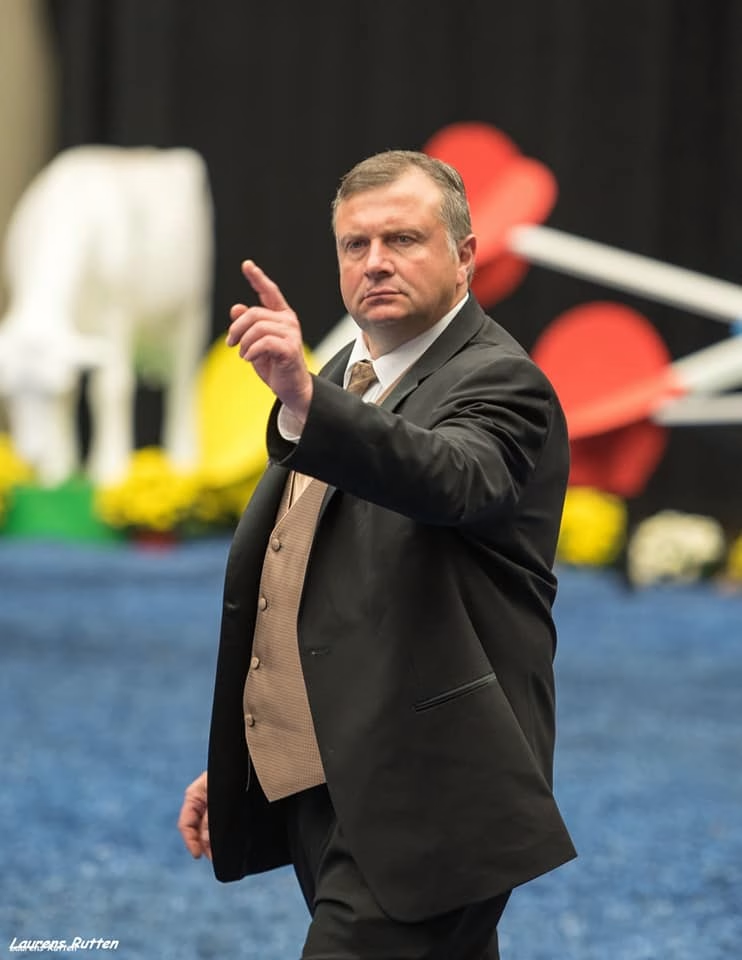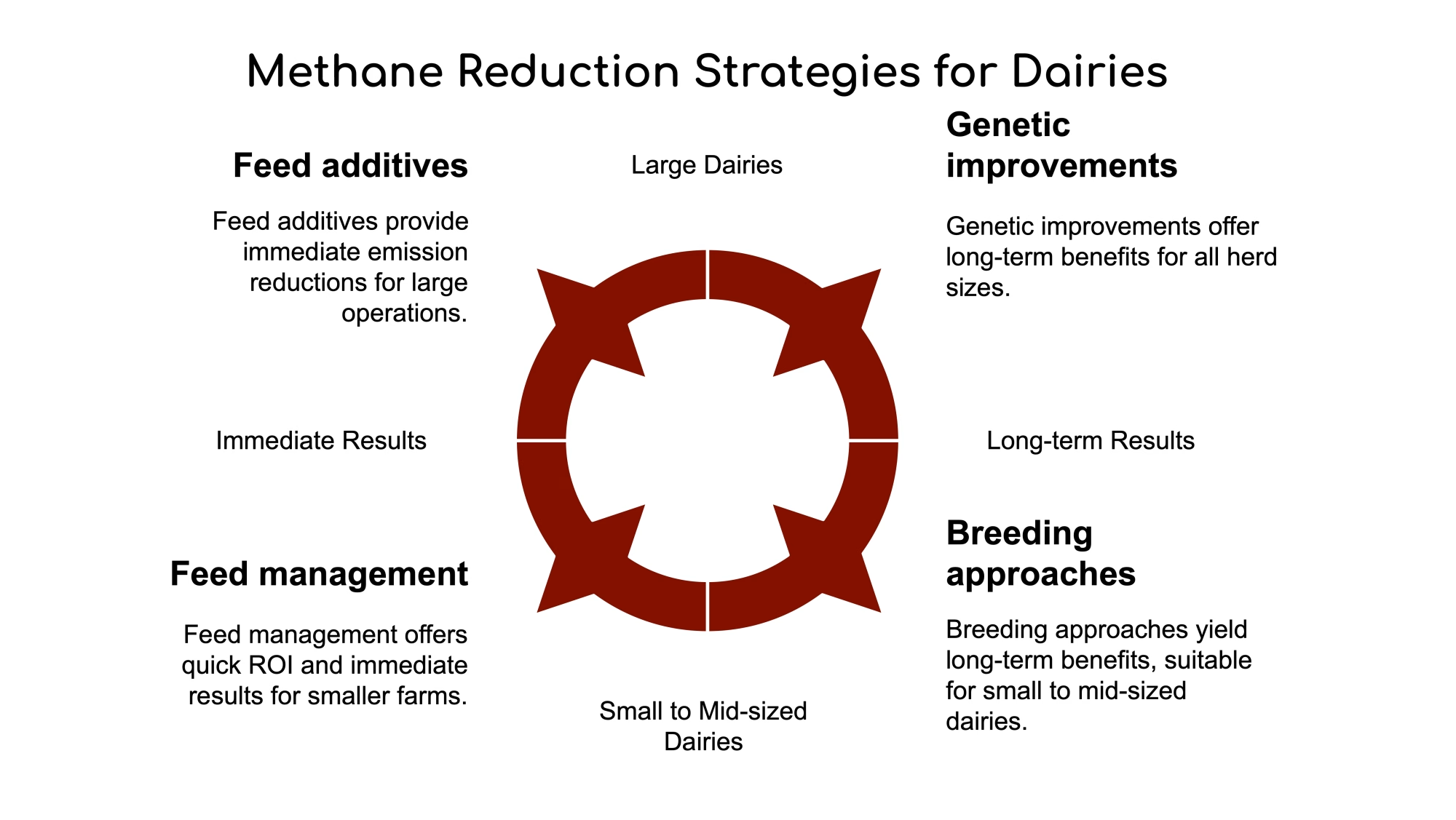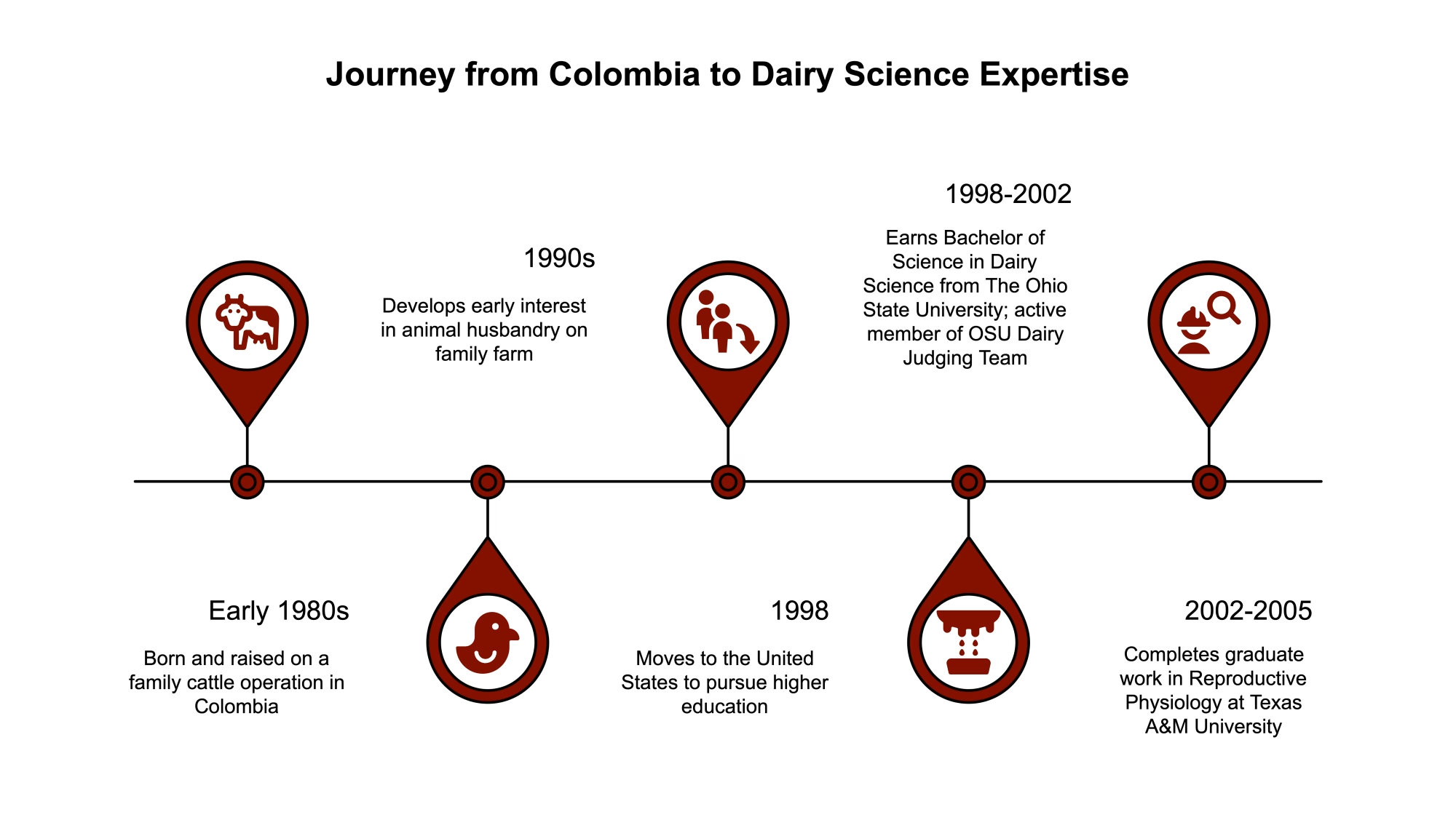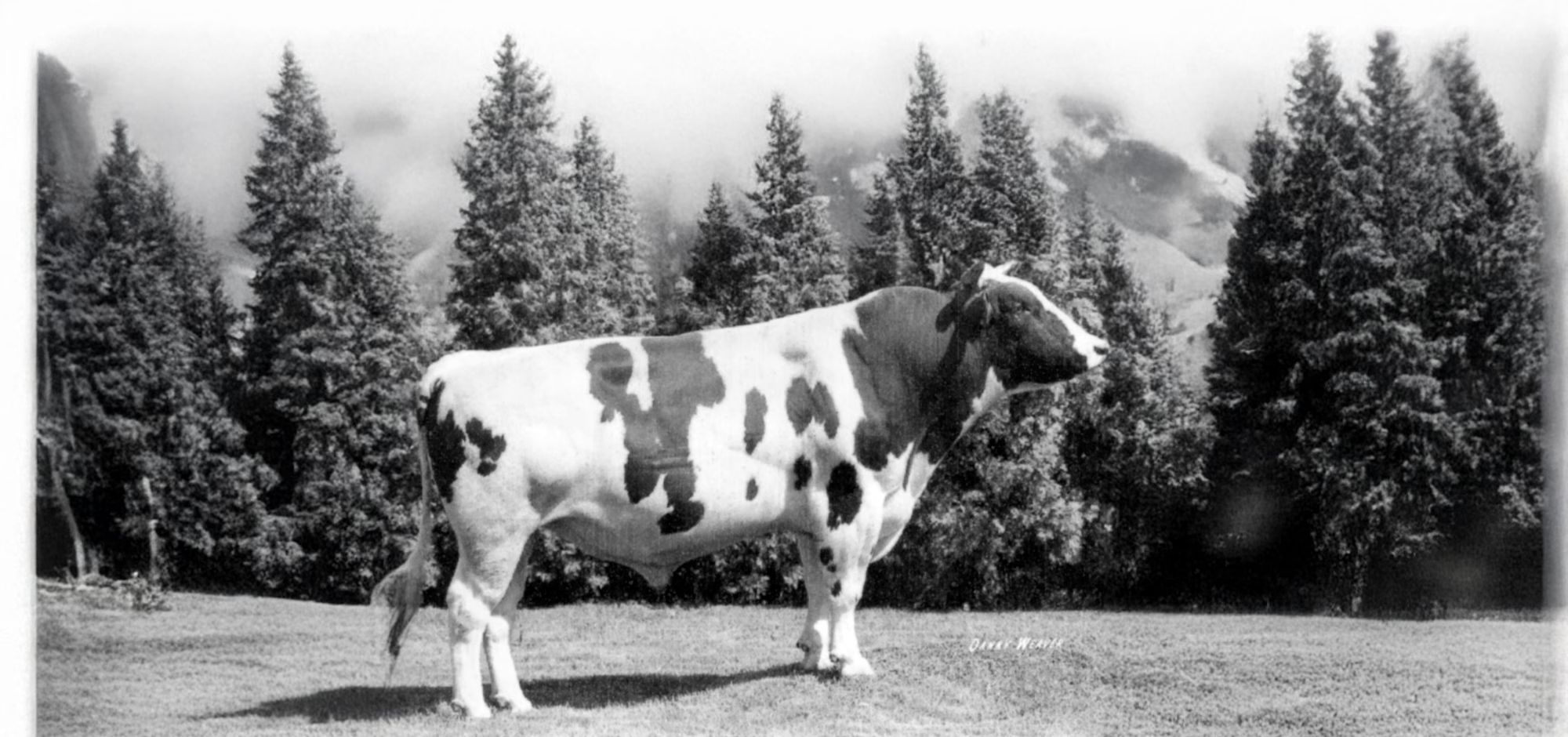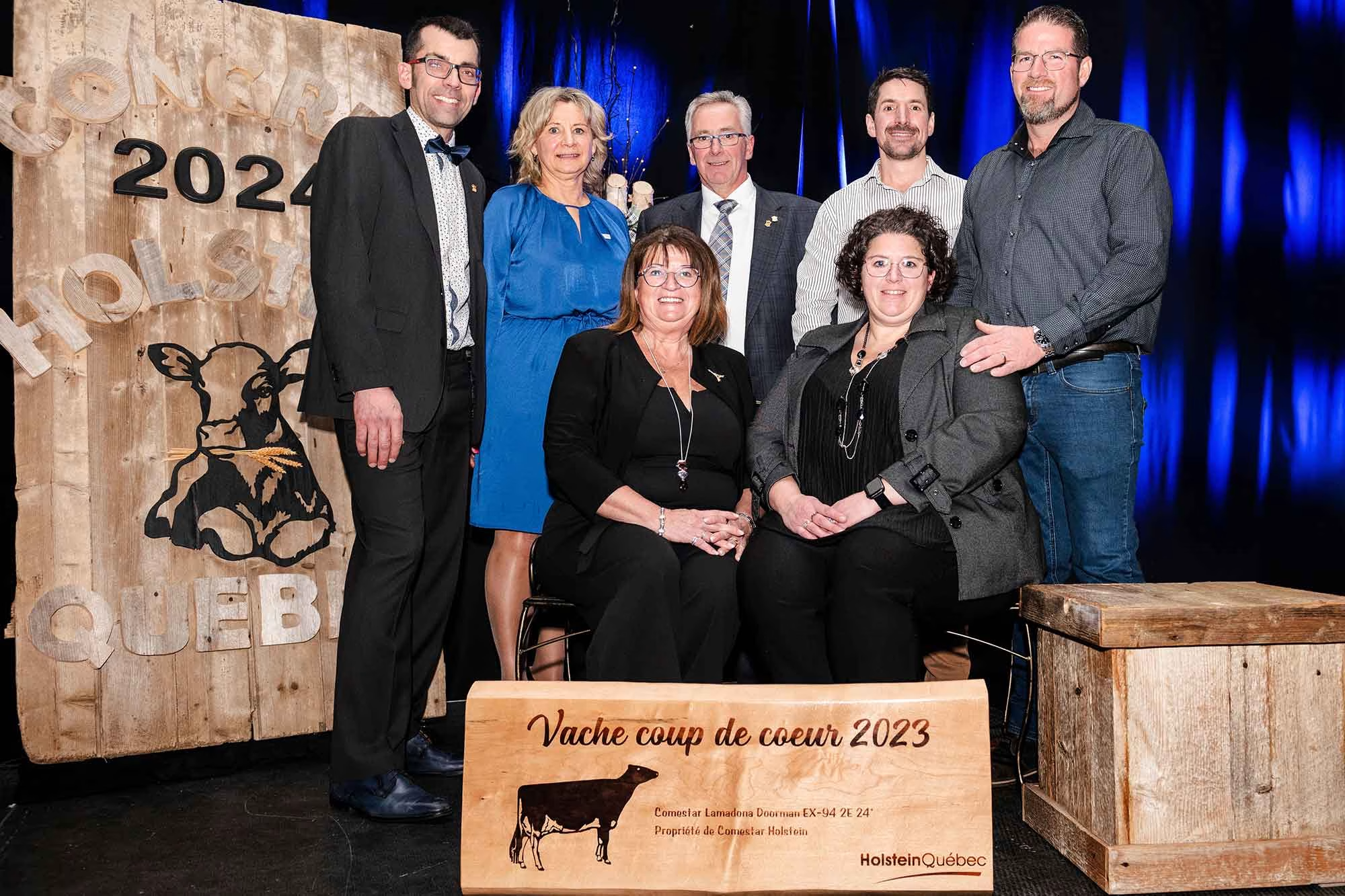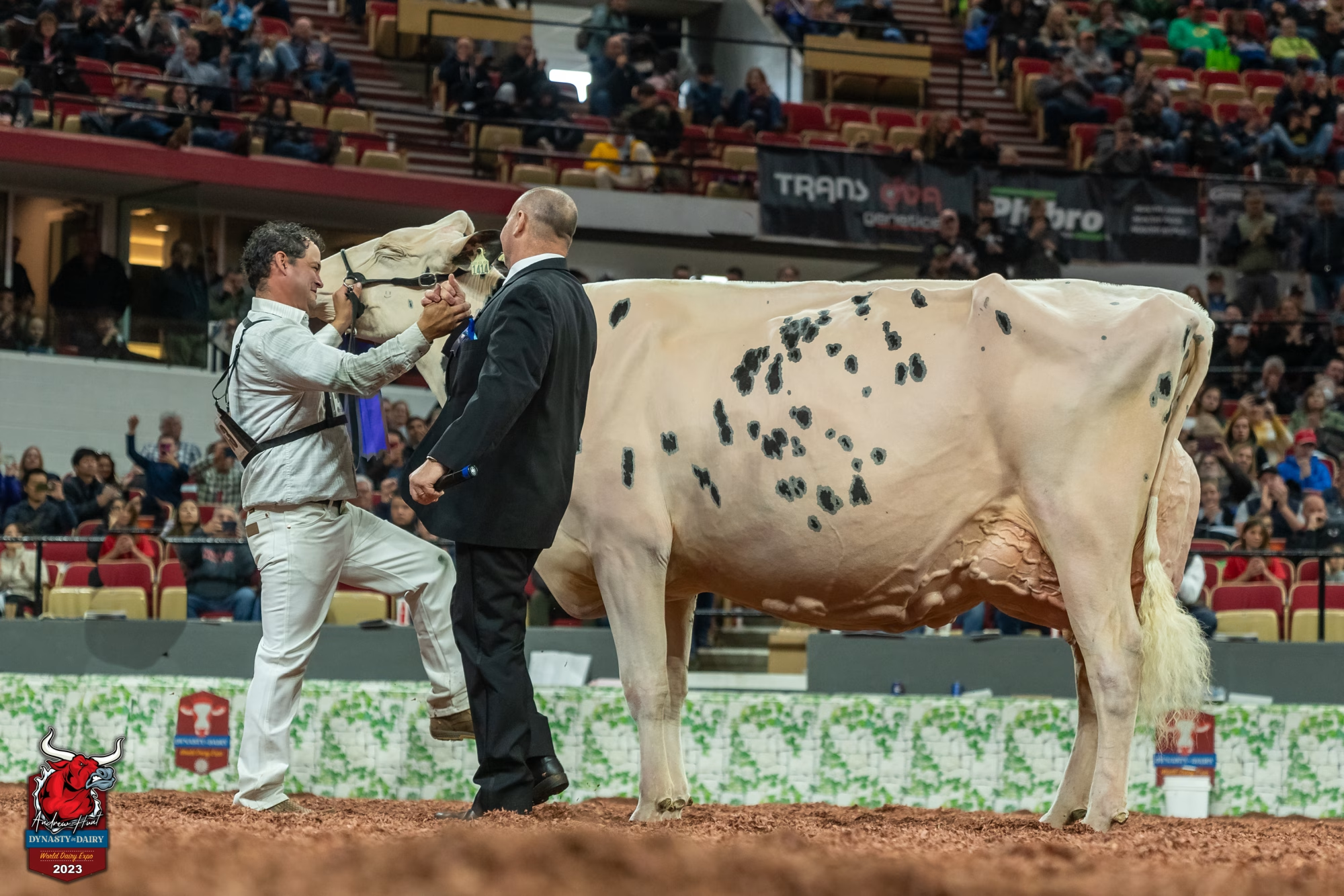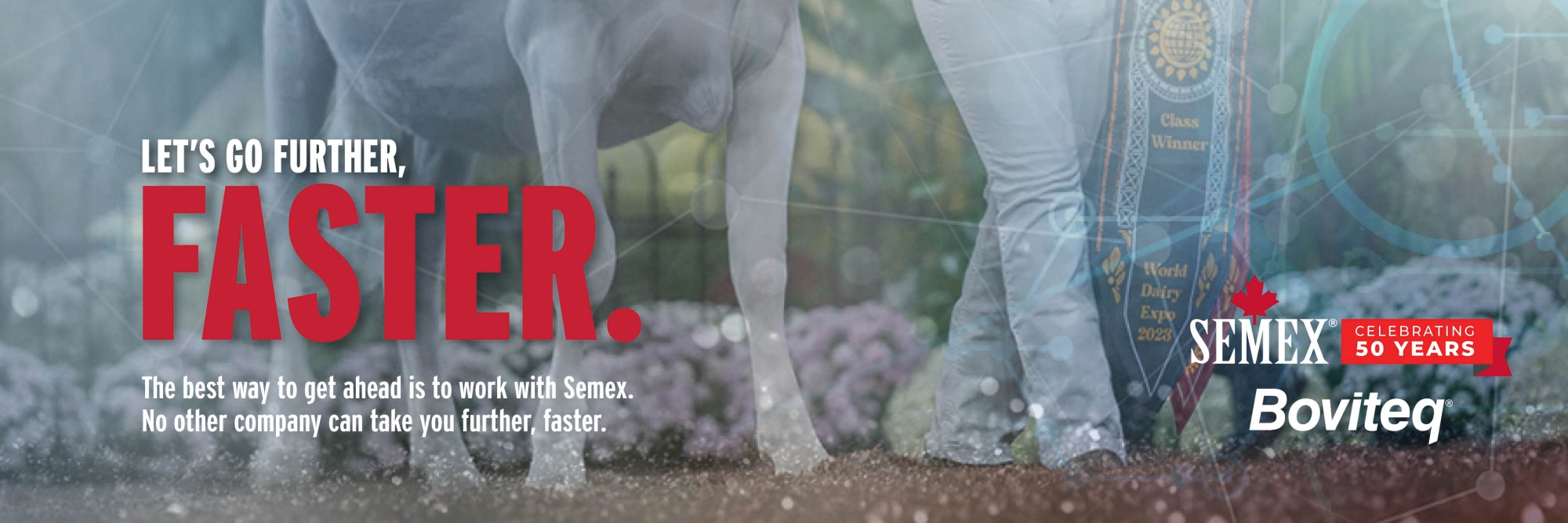

April 17th, 2025 @ Victoriaville QC
Grand Champion

Grand – PIERSTEIN DEVOUR ROSHA – PIERRE BOULET, MONTMAGNY, QC
Reserve – JACOBS UNIX CARFUL – FERME JACOBS INC, CAP SANTE, QC
HM – SICY IMPRESSION GABE – FERME BLONDIN, JEAN-PHILIPPE PROULX, JM VALLEY HOLSTEIN, PIERRE BOULET, SAINT-PLACIDE, QC
Intermediate Champion

Intermediate: FORTALE LAMBDA LOA – FERME FORTALE HOLSTEIN INC, SAINT-CHRISTOPHE-D’ARTHABASKA, QC
Reserve: BELFAST BELIEVE FANNY – BELFAST HOLSTEIN ENR, SAINT-PATRICE-DE-BEAURIVAGE, QC
HM: LYSEM LOYALL AUDE, BLONDIN SIRES, FERME BLONDIN, SAINT-PLACIDE, QC
Junior Champion
Junior: REPA DRH JEMMA TATOO – FERME BEAUDOIN, MELANIE PARENTEAU, DURHAM-SUD, QC
Reserve: DUHIBOU EYE CANDY FANCY, – FERME DUHIBOU INC, ST. LAMBERT DE LAUZON, QC
HM: JM VALLEY SALUTE FIOLA – JM VALLEY HOLSTEIN, AMQUI, QC
Winter Calf

1st place Winter Calf
Quebec Spring Holstein Show 2025
FERME MILIBRO INC, LOUISE BLANCHET, MATHIEU BLANCHET, TINGWICK, QC
Née entre le 1er décembre 2024 et le 28 février 2025
- MILIBRO DETECTIVE ROSELEYLAH, HOCANF121956815
Propriété élevée
FERME MILIBRO INC, LOUISE BLANCHET, MATHIEU BLANCHET, TINGWICK, QC - CLOVIS MASTER REINE, HOCANF121690666
CLOVIS HOLSTEIN INC, SAINT-ALEXANDRE-DE-KAMOURASKA, QC - KINGSWAY LAMBDA HAPPY, HOCANF14799026
FERME JEAN-PAUL PETITCLERC & FILS INC, ST. BASILE, QC - BLONDIN ARMOUR LAUREATE, HOCANF121802185
BLONDIN SIRES, FERME BLONDIN, SAINT-PLACIDE, QC - FORTOISE ALTITUDE JESSY-RED, HOCANF121950298
FERME FORTOISE INC, SAINT-PIERRE-BAPTISTE, QC - LETARTE ROBERTA, HOCANF121806446
LETARTE HOLSTEIN, MIDDELBURG HOLSTEINS, SAINT-MICHEL-DE-BELLECHASSE, QC - KENNEBEC AMBROSE MCCAFÉ, HOCANF122019944
FERME SS KENNEBEC, SAINT-THÉOPHILE, QC - BLONDIN MASTER PILAR, HOCANF122060805
BLONDIN SIRES, FERME BLONDIN, SAINT-PLACIDE, QC - JM VALLEY AHSBY JAMAÏQUE, HOCANF122106054
JM VALLEY HOLSTEIN, AMQUI, QC - BARD ALLIGATOR ROMY, HOCANF121984182
FERME BARD INC, SAINTE-ANNE-DE-LA-POCATIÈRE, QC - PAYS BRULE BELLACIAO ALCOVE, HOCANF121892360
FERME PAYS BRULE INC, BAIE-DU-FEBVRE, QC - MICHDALE CAPTAIN PAMELA, HOCANF121989113
MICHAEL LEDUC, SAINT-JULIEN, QC - KENNEBEC BRUINS MOONLIGHT, HOCANF121804110
FERME SS KENNEBEC, SAINT-THÉOPHILE, QC - KENNEBEC LAMBDA ALASKA, HOCANF122019948
FERME LENIQUE INC, FERME VAL D’ESPOIR INC, SAINT-DENIS-DE-LA-BOUTEILLERIE, QC
Fall Calf
Née entre le 1er septembre 2024 et le 30 novembre 2024

1st place Fall Calf
Quebec Spring Holstein Show 2025
JM VALLEY HOLSTEIN, AMQUI, QC
- JM VALLEY SALUTE FIOLA, HOCANF121873550
Propriété-élevée
JM VALLEY HOLSTEIN, AMQUI, QC - REPA MARICO JEMMY ASHBY, HOCANF121755254
MARCO RODRIGUE & MARIE-CLAUDE MARCOUX, MELANIE PARENTEAU, SAINT-SIMON-LES-MINES, QC - FIREBURGER ARROW MAGESTEE, HOCANF121761127
FERME MILIBRO INC, FERME MYNAVIA, FREDERIC DUBOIS, TINGWICK, QC - JM VALLEY LAMBDA LIXIE, HOCANF121873551
ALEXANDRE GALLARD, ANTOINE BRACNAT, JM VALLEY HOLSTEIN - BARD MATCHLESS JOLEINE, HOCANF121646896
FERME BARD INC, SAINTE-ANNE-DE-LA-POCATIÈRE, QC - PREROSS ALLIGATOR LUCILLE, HOCANF121359562
FERME VERT D’OR INC, STE. HELENE, QC - PETITCLERC AMBROSE KASHMIR, HOCANF121919616
FERME JACOBS INC, CAP SANTE, QC - SELEXIE CASSY WARRIOR, HOCANF121971889
FERME SELEXIE, HAM-NORD, QC - LETARTE BUY ME A BOAT, HOCANF121806441
LETARTE HOLSTEIN, SAINT-MICHEL-DE-BELLECHASSE, QC - ELIANE LAMBDA ROCHE, HOCANF121426929
ANDRE DION, LÉVIS, QC - JM VALLEY SALUTE JACKIE, HOCANF121873549
FERME GILARO, JONQUIERE, QC - KARNVIEW MASTER JOLENE, HOCANF15047204
AJ GENETICS, EMBRUN, ON - JACOBS MAXIMUM LASH, HOCANF121808930
FERME JACOBS INC, CAP SANTE, QC - ELIANE AMBROSE FYDGIE, HOCANF121426927
ANDRE DION, LÉVIS, QC - KENNEBEC LOYALL DOOLY’S, HOCANF121609814
FERME SS KENNEBEC, SAINT-THÉOPHILE, QC - CHALUKA SIDEKICK KATARINA, HOCANF121833487
FERME CHAREST 2001 INC, SAINT-ALEXANDRE-DE-KAMOURASKA, QC - TIMICK HEARTLAND LARAMIE, HOCANF121712920
TIMICK HOLSTEIN, SAINT-RÉMI-DE-TINGWICK, QC - DREAMRIDGE SWEETART, HOCANF13863753
BLACKADDAR FARMS, DAVE & BONNIE BERGERON, IAN DINGWALL, CHARLOTTETOWN, PE - BAY MASTER CRANBERRY, HOCANF121826491
FERME GILARO, JONQUIERE, QC - NELSONDALE EYE CANDY VANILLA, HOCANF121777768
NELSONDALE FARM S.E.N.C, MELBOURNE, QC
Summer Yearling

1st place Summer Yearling
Quebec Spring Holstein Show 2025
BLONDIN SIRES, FERME BLONDIN, SAINT-PLACIDE, QC
Née entre le 1er juin 2024 et le 31 août 2024
- BLONDIN DRAX HORIZON, HOCANF121802099
Propriété élevée
BLONDIN SIRES, FERME BLONDIN, SAINT-PLACIDE, QC - SELEXIE MARISOLA GRINCH, HOCANF121694508
FERME SELEXIE, HAM-NORD, QC - JANGIE MASTER KOKODIA, HOCANF121799938
FERME JANGIE 2016 INC, SAINTE-CHRISTINE, QC - ELIANE BREAKSHOT LORNA, HOCANF121426926
ANDRE DION, LÉVIS, QC - BLONDIN DRAX LAKAI, HOCANF121802075
BLONDIN SIRES, FERME BLONDIN, SAINT-PLACIDE, QC - ROTALY DREAM COLLETTE, HOCANF121544234
BLONDIN SIRES, FERME BLONDIN, FLEURY HOLSTEIN, SAINT-PLACIDE, QC - JACOBS ALLIGATOR LOVER, HOCANF14836942
FERME GILLETTE INC, FERME JACOBS INC, T-WAVE HOLSTEINS, EMBRUN, ON - MILIBRO PARFECT PRESTIGIEUSE, HOCANF121761122
FERME MILIBRO INC, TINGWICK, QC - SUCCESS SALUTE HYPE, HOCANF121573919
LOUIS-PHILIPPE HUDON & VIRGINIE BILODEAU, SAINT-HENRI-DE-LÉVIS, QC - SELEXIE CLARA DIRECT, HOCANF121694513
FERME SELEXIE, HAM-NORD, QC - BESLEA KINGBOY LET ER RIP, HOCANF14907719
SKIPWELL FARMS INC, AYLMER, ON - LETARTE DIRECT HADLEY, HOCANF121806424
LETARTE HOLSTEIN, SAINT-MICHEL-DE-BELLECHASSE, QC - PETITCLERC TATOO BROOK, HOCANF121778396
FERME MARICAN INC, SAINTE-HÉNÉDINE, QC - VERTDOR ALPHA MITZY, HOCANF121359526
FERME VERT D’OR INC, STE. HELENE, QC - PETITCLERC BREAKSHOT TUNA, HOCANF121778397
HEDWAY FARMS, KNONAUDALE FARMS INC, BEACHBURG, ON - HUBELLE ALLIGATOR SAMANTHA, HOCANF121853312
RAEBURN HOLSTEINS, RAECROFT FARM G.P., HOWICK, QC - DURHAM LAMBDA CARAMILK, HOCANF121344767
FERME MARICAN INC, FERME STEEV LAROSE INC, SAINTE-HÉNÉDINE, QC
Spring Yearling
Née entre le 1er mars 2024 et le 31 mai 2024
- KARNVIEW EYE CANDY ANASTASIA, HOCANF15047151
AJ GENETICS, EMBRUN, ON - LANORMANDE D-LAMBDA CORALIE, HOCANF121282610
Propriété-élevée
FERME LANORMANDE INC, VICTORIAVILLE, QC - VELTHUIS BULLSEYE ONEIDA, HOCANF14860268
VELTHUIS FARMS LTD, OSGOODE, ON - BAY MASTER HIGH TIDE, HOCANF15042506
BAY HOLSTEINS, MAURANNE HEBERT, MURRAY SIDING, NS - ELIANE JORDY RYNA, HOCANF121426921
ANDRE DION, LÉVIS, QC - RICAGRI F ARROW AYOYE, HOCANF121671734
FERME RICAGRI INC, FREDERIC DUBOIS, LECLERCVILLE, QC - BLONDIN CHEERFUL LUST-RED, HOCANF121589114
BLONDIN SIRES, FERME BLONDIN, SAINT-PLACIDE, QC - COBEQUID WARRIOR RAE, HOCANF15042493
PIERRE BOULET, MONTMAGNY, QC - JACOBS TARMAC CONSTANCE, HOCANF121468252
FERME JACOBS INC, CAP SANTE, QC - JACOBS ALPHA CANAM, HOCANF121468236
FERME JACOBS INC, CAP SANTE, QC - LETARTE MASTER YUZU, HOCANF121347989
LETARTE HOLSTEIN, SAINT-MICHEL-DE-BELLECHASSE, QC - KENNEBEC TATOO NORA, HOCANF121609769
FERME SS KENNEBEC, SAINT-THÉOPHILE, QC - SELEXIE BEAUTY MAXIMUM, HOCANF121694499
FERME SELEXIE, HAM-NORD, QC - PANDA LAMBDA DAISY, HOCANF121649731
FERME PANDA INC, WARWICK, QC - PETITCLERC CHIEF TEXAS, HOCANF121778381
CLOVIS HOLSTEIN INC, FERME CHAREST 2001 INC, FERME VERT D’OR INC, SAINT-ALEXANDRE-DE-KAMOURASKA, QC - TIMICK PURSUIT DAYTONA, HOCANF121712912
TIMICK HOLSTEIN, SAINT-RÉMI-DE-TINGWICK, QC
Winter Yearling
Née entre le 1er décembre 2023 et le 29 février 2024
- DUHIBOU EYE CANDY FANCY, HOCANF121623781
Propriété élevée
FERME DUHIBOU INC, ST. LAMBERT DE LAUZON, QC - GENO ARMADA KILLIAN, HOCANF121642085
FERME GENO INC, SAINT-MARC-DES-CARRIÈRES, QC - D-RAY VANGUARD ZOEGARDE, HOCANF121535389
D-RAY HOLSTEIN, FERME MILIBRO INC, VICTORIAVILLE, QC - ROCHELET SIDEKICK POMKOU, HOCANF121125234
FERME PANDA INC, FERME ROCHELET INC, WARWICK, QC - ELIANE AIRCRAFT RAMY, HOCANF121426919
ANDRE DION, LÉVIS, QC - REPA JOURNEY LEGEND, HOCANF120266108
MELANIE PARENTEAU, SAINT-JEAN-BAPTISTE, QC - SELEXIE BRITNEY WINTER, HOCANF121694474
FERME SELEXIE, HAM-NORD, QC - VELTHUIS BULLSEYE OCEANIA, HOCANF14860226
VELTHUIS FARMS LTD, OSGOODE, ON - COBEQUID ALTITUDE DELPHI, HOCANF14858504
COBEQUID HOLSTEINS, LOWER DEBERT, NS - KENNEBEC MASTER BETTY, HOCANF121609774
FERME SS KENNEBEC, SAINT-THÉOPHILE, QC - PETITCHENE LEMAGIC RAYONNANTE, HOCANF121305670
FERME DU PETIT CHENE, SAINT-IGNACE-DE-LOYOLA, QC
Fall Yearling
Née entre le 1er septembre 2023 et le 30 novembre 2023
- REPA DRH JEMMA TATOO, HOCANF120266103
Propriété-élevée
FERME BEAUDOIN, MELANIE PARENTEAU, DURHAM-SUD, QC - DUHIBOU EYE CANDY FULLKY, HOCANF121456252
FERME DUHIBOU INC, ST. LAMBERT DE LAUZON, QC - CERPOLAIT HANIKO SUGAR, HOCANF121545564
FERME CERPOLAIT S.E.N.C, SAINT-AIMÉ, QC - SELEXIE ROSALINA MASTER, HOCANF121444980
FERME SELEXIE, HAM-NORD, QC - SELEXIE CARAMELDORÉ DETECTIVE, HOCANF121444983
FERME SELEXIE, HAM-NORD, QC - SELEXIE CIBELLA DETECTIVE, HOCANF121444971
FERME SELEXIE, HAM-NORD, QC - MILIBRO MASTER ROSELOLA, HOCANF121535377
FERME MILIBRO INC, LOUISE BLANCHET, MATHIEU BLANCHET, TINGWICK, QC - GOLDEN-OAKS-I ALTITUDE IREINE, HOCANF120723541
STEVE BOULET, SAINTE-BRIGIDE-D’IBERVILLE, QC - LEHOUX ALLIGATOR JAKARTA, HOCANF121281651
B. LEHOUX & FILS INC, SAINT-ELZÉAR, QC - REPA MARICO JENNYABEL ASHBY, HOCANF121397131
MARCO RODRIGUE & MARIE-CLAUDE MARCOUX, MELANIE PARENTEAU, SAINT-SIMON-LES-MINES, QC - BARD DROPBOX JOLYGOLD, HOCANF121646848
FERME BARD INC, SAINTE-ANNE-DE-LA-POCATIÈRE, QC - ELIANE APERO RYANNA, HOCANF121426914
ANDRE DION, LÉVIS, QC - MARICAN EYE CANDY SANDRIA, HOCANF121566460
FERME MARICAN INC, SAINTE-HÉNÉDINE, QC - RAEBURN LADY HAS IT ALL, HOCANF121096703
RAECROFT FARM G.P., HOWICK, QC
Junior Breeder
- FERME SELEXIE
HAM-NORD, QC - BLONDIN SIRES, FERME BLONDIN
SAINT-PLACIDE, QC - ANDRE DION
LÉVIS, QC
Junior Exhibitor
- SELEXIE / FRANCE OUELLET (SELEXIE)
HAM-NORD, QC - FERME BLONDIN (BLONDIN)
SAINT-PLACIDE, QC - REPA HOLSTEINS ET MÉLANIE PARENTEAU / MÉLANIE PARENTEAU (REPA)
ST-JEAN-BAPTISTE, QC
Summer Two Year Old

Née entre le 1er juin 2023 et le 31 août 2023
- BLONDIN EYE CANDY SALANA, HOCANF121397068
Propriété-élevée
Meilleur Pis
BLONDIN SIRES, FERME BLONDIN, SAINT-PLACIDE, QC - KNONAUDALE MYSTIC DREAM, HOCANF14593984
KNONAUDALE FARMS INC, CRYSLER, ON
Spring Two Year Old
Née entre le 1er mars 2023 et le 31 mai 2023

- LYSEM LOYALL AUDE, HOCANF121178302
Meilleur Pis
BLONDIN SIRES, FERME BLONDIN, SAINT-PLACIDE, QC - SELEXIE LAURIZE MASTER, HOCANF121444936
Propriété-élevée
FERME SELEXIE, HAM-NORD, QC - MABEL LAMBDA LOVE STORY, HOCANF121299057
FERME YVON SICARD, SAINT-JUSTIN, QC - ROYALWATER CAMARO OLIVIA, HOCANF14540482
FERME BLONDIN, JEAN-PHILIPPE PROULX, JM VALLEY HOLSTEIN, SAINT-PLACIDE, QC - JACOBS VICTOR VIOLETTE, HOCANF121251460
CRACKHOLM HOLSTEINS, RICHMOND, QC - MAGOLAIT ALPHA MADISON, HOCANF121226055
FERME MAGOLAIT INC, MAGOG, QC - ROTALY MASTER CREED, HOCANF121154915
HY-HAVEN GENETIQUE INC, SAINTE-HÉLÈNE-DE-KAMOURASKA, QC - JACOBS ASHTON BREE, HOCANF14476568
CRACKHOLM HOLSTEINS, RICHMOND, QC - SICY LAMBDA ANGE, HOCANF121395970
FERME BLONDIN, FERME GLAUSER & FILS INC, FERME YVON SICARD, SAINT-PLACIDE, QC - BLONDIN LAMBDA LAZERBEAM, HOCANF121397008
BLONDIN SIRES, FERME BLONDIN, SAINT-PLACIDE, QC - DELCREEK BANGARANG, HOCANF14580316
BLONDIN SIRES, FERME BLONDIN, SAINT-PLACIDE, QC - LESPEREE PARFECT SUZIE, HOCANF121386841
FERME L’ESPEREE INC, SAINT-HENRI-DE-LÉVIS, QC - KMC DESTINATION LIA-LIANE, HOCANF121250588
FERME KMC, VAL-BRILLANT, QC - PREMIUM TATOO ANABELLE, HOCANF121425545
FRANCIS MORNEAU, MELBOURNE, QC - MELBORO ETESIAN ROXSTAR, HOCANF121425550
FRANCIS MORNEAU, MELBOURNE, QC - CERPOLAIT HANIKO TASTY, HOCANF120918784
CRACKHOLM HOLSTEINS, RICHMOND, QC - LESBERTRAND LEMAGIC BILING, HOCANF121959798
GEORGES BERTRAND, SAINT-POLYCARPE, QC - FAMIPAGE BRYSON P LIV, HOCANF121162967
FERME FAMIPAGE INC, SAINT-LOUIS-DE-GONZAGUE, QC - BONACCUEIL CHARME LAMBDA, HOCANF121341942
A. & R. BOULET INC, ST-FRANÇOIS-DE-LA-RIVIÈRE-DU-SUD, QC
Winter Two Year Old
Née entre le 1er décembre 2022 et le 28 février 2023

- JACREST DOC LISA, HOCANF14642475
Championne meilleur pis
BLONDIN SIRES, FERME BLONDIN, SAINT-PLACIDE, QC - GOLDENFLO LEIGHSIDE CHEERFUL, HOCANF14592219
FERME BLONDIN, JEAN-PHILIPPE PROULX, JM VALLEY HOLSTEIN, LONDON DAIRY FARMS, SAINT-PLACIDE, QC - PIERSTEIN LAMBDA MICKEY, HOCANF121217310
Propriété élevée
PIERRE BOULET, MONTMAGNY, QC - BENJO DYNAMITE DOLLARSTAR, HOCANF120334978
FERME BENJO 2003 INC, ST. ZEPHIRIN, QC - CNOSSOME ENERGY AVALYNN, HOCANF14470253
BLONDIN SIRES, FERME BLONDIN, SAINT-PLACIDE, QC - KNONAUDALE MIRANDA LAMBERT, HOCANF14593941
KNONAUDALE FARMS INC, CRYSLER, ON - FAMIPAGE ALPHA POPCORN, HOCANF121162963
FERME FAMIPAGE INC, SAINT-LOUIS-DE-GONZAGUE, QC - BESLEA ALLYN HG LAMBDA CAVIAR, HOCANF14456573
BESLEA FARMS LTD, YARKER, ON - KMC LAMBDA JAKE, HOCANF121250584
FERME KMC, VAL-BRILLANT, QC - MADY DESTINATION DARLENE, HOCANF120962811
FERME MADY INC, ST-VALÉRIEN, QC - ROSBLAIS TATOO MARCELLE CLARA, HOCANF121273888
FERME ROSAIRE BLAIS ET FILS INC, ST. ISIDORE VILLAGE, QC
Fall Two Year Old
Née entre le 1er septembre 2022 et le 30 novembre 2022

- PIERSTEIN LAMBDA GINAMARIA, HOCANF121217355
Propriété élevée
PIERRE BOULET, MONTMAGNY, QC - JACOBS TATOO BRANELLE, HOCANF120983093
Meilleur Pis
HY-HAVEN GENETIQUE INC, SAINTE-HÉLÈNE-DE-KAMOURASKA, QC - BLONDIN ALPHA CALLIE, HOCANF121174743
BLONDIN SIRES, FERME BLONDIN, SAINT-PLACIDE, QC - MILIBRO PERENNIAL KELLYA, HOCANF121257031
FERME MILIBRO INC, TINGWICK, QC - KNONAUDALE TOXIC, HOCANF14593938
KNONAUDALE FARMS INC, CRYSLER, ON - KNONAUDALE MEGAHOT, HOCANF14593936
BLONDIN SIRES, FERME BLONDIN, SAINT-PLACIDE, QC - CLOVIS KING DOC BIANCA, HOCANF121065901
CLOVIS HOLSTEIN INC, SAINT-ALEXANDRE-DE-KAMOURASKA, QC - PIERSTEIN ALTITUDE AUSTRALIA, HOCANF121217328
PIERRE BOULET, MONTMAGNY, QC - BONACCUEIL MARBY FUEL, HOCANF121264577
A. & R. BOULET INC, ST-FRANÇOIS-DE-LA-RIVIÈRE-DU-SUD, QC - PETITCHENE CHIEF LAURA, HOCANF121305630
FERME DU PETIT CHENE, SAINT-IGNACE-DE-LOYOLA, QC - DREAMRIDGE EUPHORIA, HOCANF13863752
DAVE & BONNIE BERGERON, STRAITSIDE HOLSTEINS, HAMMOND, ON
Junior Three Year Old
Née entre le 1er mars 2022 et le 31 août 2022

- PIERSTEIN LAMBDA GINELLE, HOCANF121217353
Propriété-élevée
Meilleur Pis
PIERRE BOULET, MONTMAGNY, QC - BONACCUEIL ALIBI LAMBDA, HOCANF120729352
A. & R. BOULET INC, ST-FRANÇOIS-DE-LA-RIVIÈRE-DU-SUD, QC - WINRIGHT DOORMAN BELLAGIO, HOCANF14341947
KAYMANOR HOLSTEINS, STRATFORD, ON - LYSEM AVENGER HARPE, HOCANF120786250
FERME LEVASSEUR, FERME LYSEM S.E.N.C, GHYSLAIN DEMERS, TROIS-RIVIERES, QC
Senior Three Year Old
Née entre le 1er septembre 2021 et le 28 février 2022

- FORTALE LAMBDA LOA, HOCANF120844848
Propriété élevée
Meilleur Pis
Championne Intermédiaire Propriété-Élevée
Championne Intermédiaire
FERME FORTALE HOLSTEIN INC, SAINT-CHRISTOPHE-D’ARTHABASKA, QC - BELFAST BELIEVE FANNY, HOCANF120793719
Championne Intermédiaire de réserve
BELFAST HOLSTEIN ENR, SAINT-PATRICE-DE-BEAURIVAGE, QC - DESNETTE LOUISE CRUSH, HOCANF120941218
DESNETTE HOLSTEIN, WARWICK, QC - REDBRIDGE DOC WILMA, HOCANF13691182
PIERRE BOULET, MONTMAGNY, QC - FAMIPAGE LEGEND BARABAS, HOCANF120922735
BLONDIN SIRES, FERME BLONDIN, SAINT-PLACIDE, QC - BONACCUEIL ROSEMARIE DOC, HOCANF120729247
A. & R. BOULET INC, ST-FRANÇOIS-DE-LA-RIVIÈRE-DU-SUD, QC - JACOBS BAROLO CAZA, HOCANF120600974
FERME JACOBS INC, CAP SANTE, QC - JACOBS LAMBDA VACCIN, HOCANF120601012
FERME JACOBS INC, CAP SANTE, QC - KINGSWAY LAMBDA JASME, HOCANF120538996
B. LEHOUX & FILS INC, SAINT-ELZÉAR, QC - DESPERLE TITO DOC, HOCANF120601892
FERME LAPERLE ENRG, COATICOOK, QC - SICY SIDEKICK ALLO, HOCANF120886298
FERME YVON SICARD, GHYSLAIN DEMERS, SAINT-JUSTIN, QC - COMBALLES RITZI TORNADE, HOCANF120722791
FERME BLONDIN, FERME YVON SICARD, JEAN-PHILIPPE PROULX, SAINT-PLACIDE, QC - ROSBLAIS SIDEKICK GIFTE, HOCANF120713920
FERME ROSAIRE BLAIS ET FILS INC, ST. ISIDORE VILLAGE, QC - FAMIPAGE AVENGER MUSCADE, HOCANF120922743
FERME FAMIPAGE INC, SAINT-LOUIS-DE-GONZAGUE, QC - SWEETVIEW CHIEF HEART OF GOLD, HOCANF120664942
SWEETVIEW HOLSTEIN, AYER’S CLIFF, QC - MILIBRO LAMBDA KELLYANNY, HOCANF120807525
FERME MILIBRO INC, TINGWICK, QC - BERGITTE LAMBDA CUBA, HOCANF120660636
FERME PAQUETIERE INC, AMQUI, QC
Four Year Old
Née entre le 1er septembre 2020 et le 31 août 2021

- PIERSTEIN DEVOUR ROSHA, HOCANF120446696
Propriété-élevée
Meilleur Pis
PIERRE BOULET, MONTMAGNY, QC - JACOBS UNIX CARFUL, HOCANF120262310
FERME JACOBS INC, CAP SANTE, QC - LESPEREE LAMBDA SUMARA, HOCANF120731466
FERME L’ESPEREE INC, SAINT-HENRI-DE-LÉVIS, QC - SWEETVIEW KING DOC GELLO, HOCANF120403868
SWEETVIEW HOLSTEIN, AYER’S CLIFF, QC - HODGLYNN UNIX DIOR, HOCANF13742720
CRACKHOLM HOLSTEINS, FERME JACOBS INC, RICHMOND, QC - JACOBS LAMBDA RESCUE, HOCANF120684427
A. & R. BOULET INC, ST-FRANÇOIS-DE-LA-RIVIÈRE-DU-SUD, QC - COBEQUID DEVOUR SURI, HOCANF13810862
BAY HOLSTEINS, COBEQUID HOLSTEINS, MURRAY SIDING, NS - ROTALY ASHBY CAFE, HOCANF120300943
HY-HAVEN GENETIQUE INC, SAINTE-HÉLÈNE-DE-KAMOURASKA, QC - BONACCUEIL LIBIA RANDALL, HOCANF120131882
A. & R. BOULET INC, ST-FRANÇOIS-DE-LA-RIVIÈRE-DU-SUD, QC - LESFAUCHER ASHBY ROXY, HOCANF120177770
FERME JEAN-GUY FAUCHER & FILS INC, SAINTE-MARIE, QC
Five Year Old
Née entre le 1er septembre 2019 et le 31 août 2020

- JACOBS EXCALIBUR BAHAMAS, HOCANF111576115
Propriété élevée
Meilleur Pis
FERME JACOBS INC, CAP SANTE, QC - BONACCUEIL CHITA SIDEKICK, HOCANF120131826
A. & R. BOULET INC, ST-FRANÇOIS-DE-LA-RIVIÈRE-DU-SUD, QC - LESBERTRAND CRUSHABULL BIKI, HOCANF120427925
GEORGES BERTRAND, SAINT-POLYCARPE, QC - MACTALLA SIDEKICK RAYBAN, HOCANF13347397
CRACKHOLM HOLSTEINS, RICHMOND, QC - BULLSBROW H O BLATANT, HOCANF13657188
LOUIS-PHILIPPE HUDON & VIRGINIE BILODEAU, PIERRE BOULET, SAINT-HENRI-DE-LÉVIS, QC - JM VALLEY TROPIC LOUNA, HOCANF120317080
JM VALLEY HOLSTEIN, AMQUI, QC - VERTDOR ALLIGATOR MICKEY, HOCANF120073036
FERME VERT D’OR INC, STE. HELENE, QC - ROSBLAIS ATTORNEY CHRISTMAS, HOCANF111391796
FERME ROSAIRE BLAIS ET FILS INC, ST. ISIDORE VILLAGE, QC
Adult Cow

Née avant le 1er septembre 2019
- SICY IMPRESSION GABE, HOCANF110897892
Championne meilleur pis
FERME BLONDIN, JEAN-PHILIPPE PROULX, JM VALLEY HOLSTEIN, PIERRE BOULET, SAINT-PLACIDE, QC - ELM BEND GOOSE BUMP, HOCANF13309848
BLONDIN SIRES, FERME BLONDIN, SAINT-PLACIDE, QC - SWEETVIEW SIDEKICK VIPER, HOCANF111392201
Propriété élevée
SWEETVIEW HOLSTEIN, AYER’S CLIFF, QC - BELFAST SIDEKICK FANTASIA, HOCANF111244013
BELFAST HOLSTEIN ENR, SAINT-PATRICE-DE-BEAURIVAGE, QC - BONACCUEIL MOLY DEVOUR, HOCANF110284527
A. & R. BOULET INC, ST-FRANÇOIS-DE-LA-RIVIÈRE-DU-SUD, QC - MILIBRO DEVOUR LOVELY, HOCANF110538413
FERME MILIBRO INC, TINGWICK, QC
Production Cow

- SILVERMAPLE AWESOME FRANCE, HOCANF12647124
Championne meilleur pis
A. & R. BOULET INC, PIERRE BOULET, ST-FRANÇOIS-DE-LA-RIVIÈRE-DU-SUD, QC - MILIBRO UNIX PRISSILLA, HOCANF111111464
Propriété élevée
FERME MILIBRO INC, TINGWICK, QC









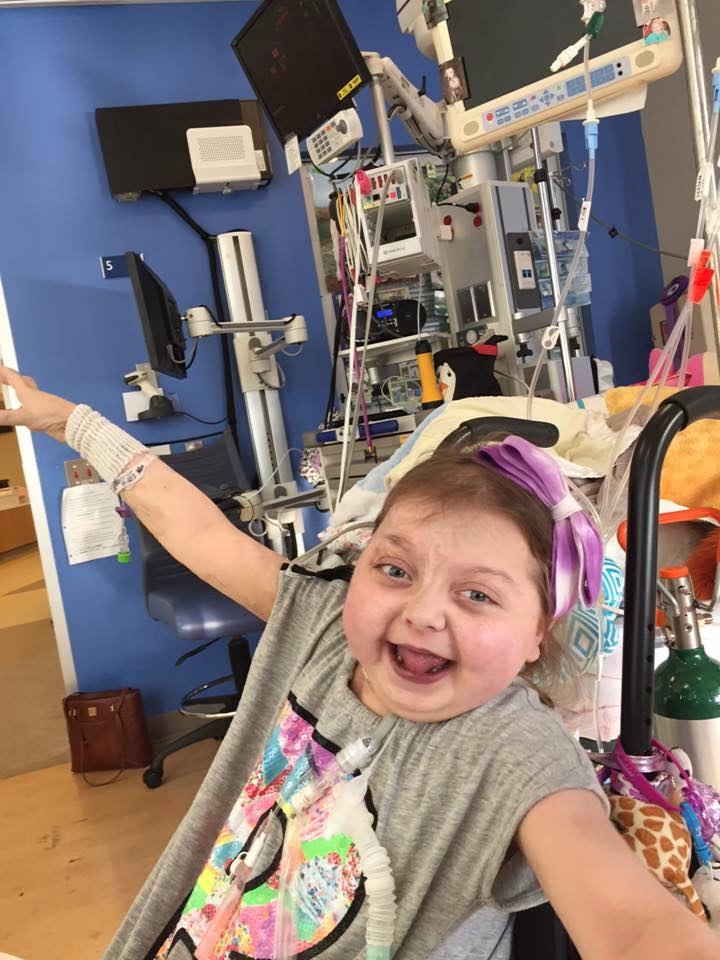




 Join the Revolution!
Join the Revolution!





